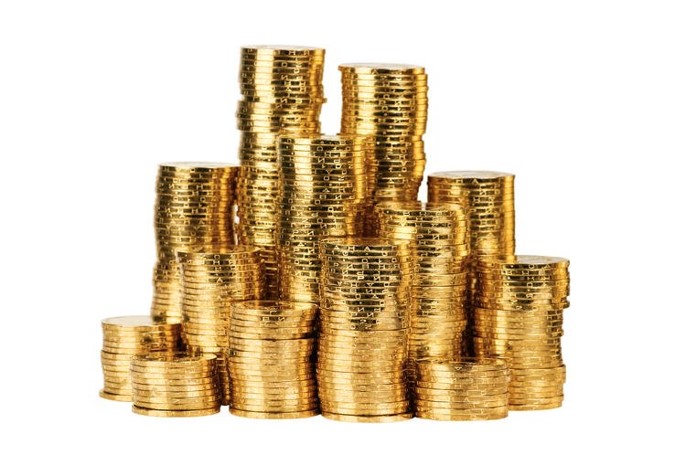Coin Demand of Little Relevance to the Gold Price
THANK YOU FOR POSTING A REVIEW!
Your review was sent successfully and is now waiting for our staff to publish it.

(April 21, 2020 - Jan Nieuwenhuijs)
Demand for gold coins must be seen as a retail sentiment indicator. In the gold space, it is often assumed that whenever demand for gold coins rises and the premiums these coins attract escalate, the price of gold should sky-rocket accordingly. This is a false assumption, because gold coin demand accounts for less than 8% of total demand, and thus can’t possibly have a large impact on the gold price. At the heart of this misconception is a lack of knowledge between the gold retail and wholesale market. The price of gold is predominantly set in the wholesale market by institutional supply and demand.
The same misconception applies to silver coins, which even causes confusion about the gold-silver ratio. Let’s make a few things clear about the price of gold and silver.
What Is the Real Gold-Silver Ratio?
At the time of writing, the gold-silver ratio is roughly 111. Meaning, it takes 111 ounces of silver to buy 1 ounce of gold. Some precious metals analyst, however, claim this ratio “in the real world” is closer to 70. The latter ratio is misleading, because it is based on coin prices, and there are many reasons why these are not representative of the price of the actual metal.
The price of a gold coin is not the price of gold, just like the price of a bag of potato chips is not the price of potatoes. Producing a gold coin enjoys manufacturing costs, which are translated in the percentage premium on the price of the coin (above the prevailing spot gold price in the wholesale market). As a rule of thumb, the lower the weight of a gold (or silver) physical product, the higher the premium above the spot price. On average, a gold coin weighing one troy ounce is sold at a 4% premium over spot. Coins weighing less than one troy ounce have a higher premium, because their manufacturing costs are higher relative to the value of the gold in the coin.
Earlier this year, for example, the Swiss mint produced a coin weighing only 0.063 grams. Obviously, the fabrication costs to make this coin were much higher than the value of the gold in the coin. The result was that the coin was sold at a premium of 6,470% over spot.
In the wholesale market in London, gold bars weighing 400 ounces with fineness of no less than 995 particles per 1000 are traded. Such bars are referred to as London Good Delivery bars, and have no premium. If you buy a 400-ounce bar in the London bullion market, you pay the spot price. Although, maybe some packing and handling costs are charged.
Because the metal in a silver coin is cheaper than the metal in a gold coin of the same weight, but the fabrication costs for both coins are the same, silver coins attract higher premiums than gold coins. On average, silver coins are sold at a 10% premium over spot. Any additional costs, such as shipping, are also translated in a higher premium for a silver coin than a gold coin of the same weight.
In the current Corona crisis, in some parts of the world bullion coins are in high demand, but production and transport are constrained. At many coin dealers this has resulted in extremely high premiums, especially for silver coins.






